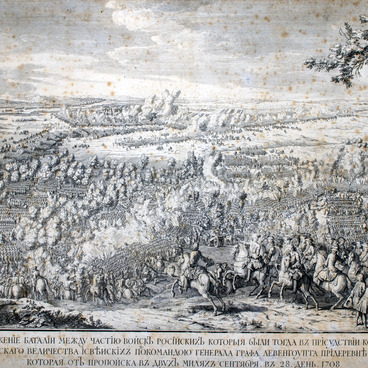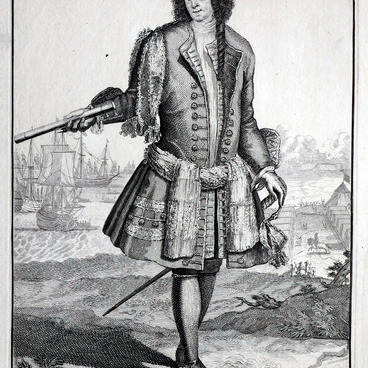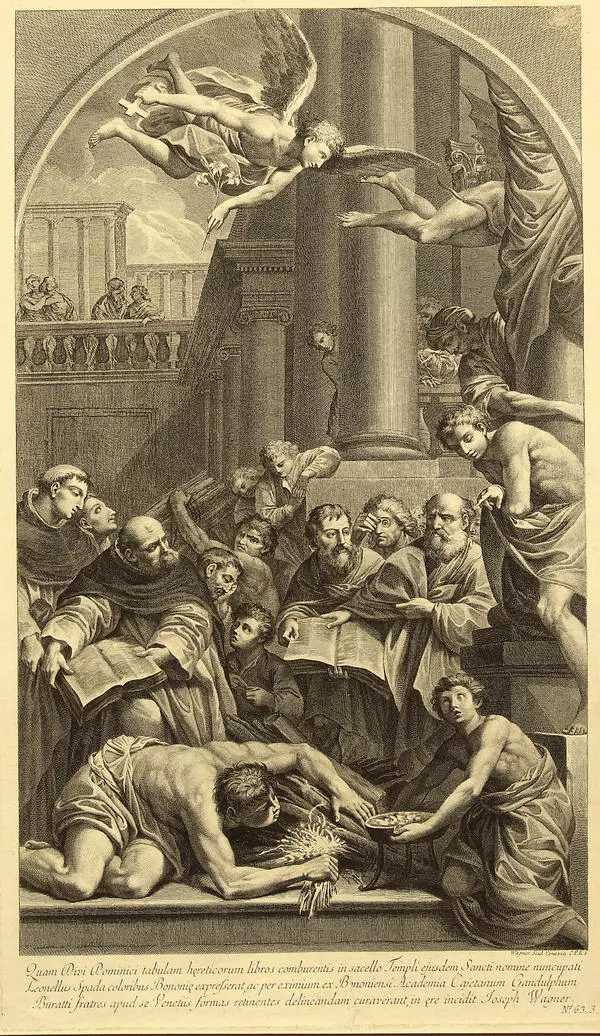Jacopo Amigoni (1675/1682–1752) was born in Italy. He created the original painting, from which this engraving was made. His artistic style was initially influenced by the baroque-rocaille manner of Sebastiano Ricci. However, in 1711, in Venice, Amigoni joined the guild of painters who were representatives of the Rococo style. This direction resonated with the public, the artist found success in Germany, Spain, Britain and France. His paintings are characterized by a vague “relaxed elegance”, “soft, often vague outlines” (from the “New Universal Dictionary of Artists” by Georg Kaspar Nagler). In Flanders, he perfected his style by working on painting shadows.
For several years, while in the service of Maximilian II the Elector of Bavaria, Jacopo Amigoni painted mostly religious pieces. Traveling around Europe, he became a sought-after portrait painter. The artist spent almost a decade (1729/1730–1739) in Britain.
From 1732 to 1738, the Russian ambassador and the poet Antiochus Cantemir stayed in London. He worshiped Peter and sincerely regretted that his reformatory initiatives were forgotten. Commissioned by Cantemir, Jacopo Amigoni painted a formal portrait of the first Russian emperor.
Following genre traditions, the artist presented the main character of the painting standing tall. Next to him is Minerva — an allegory for glory, and handling military affairs in a wise and just way. The abundance of military paraphernalia at Peter’s feet: books and drawings, guns and regimental drums, the fleet in the background — symbolizes Russia’s military power. In the original painting by Amigoni, two putti are holding a crown and a ring over Peter’s head — signs of imperial power and eternity.
Joseph (Giuseppe) Wagner (1706–1780) became Amigoni’s apprentice while he was in Munich and accompanied his mentor on his trip to Britain. It was Amigoni who convinced Wagner to get into engraving. After returning from Britain in 1739, Joseph Wagner opened a workshop and a school in Venice.
In this engraving, Wagner preserved the composition of his teacher’s painting, while also introducing significant changes: the putti figures were removed, and the crown was placed on top of the column. This is one of Wagner’s best works.



